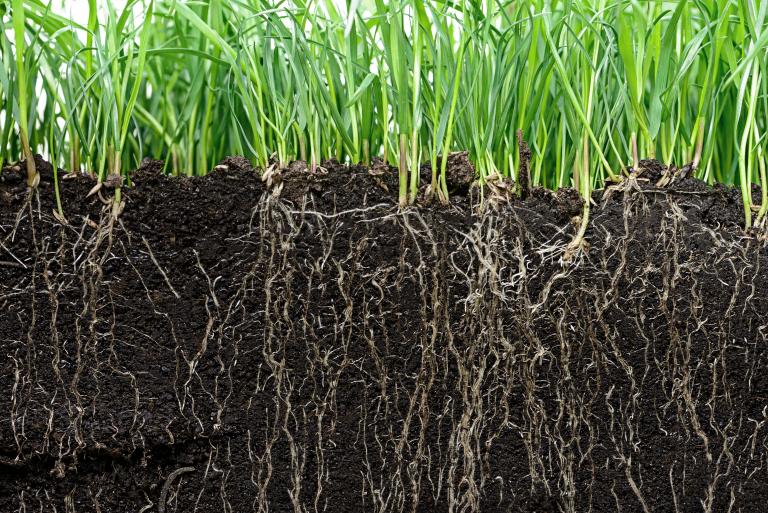Safe use of processed manure - JRC final report
Currently, the Nitrates Directive (91/676/EEC) restricts the use of manure, including processed manure, up to a maximum of 170 kg of N per hectare per year in Nitrate Vulnerable Zones (NVZ). In September 2020, The Joint Research Centre (JRC) of the EU Commission (COM) published its final report: “Technical proposals for the safe use of processed manure above the threshold established for Nitrate Vulnerable Zones by the Nitrates Directive (91/676/EEC)”. The objective of the report is to help to define harmonised criteria to allow (partly or entirely) manure-derived recycled fertilising products to be used in NVZ, i.e. in areas with water pollution by nitrogen.
Such materials are referred to as RENURE (REcovered Nitrogen from manURE). These 'fertiliser substitutes' are products that can have similar effects in terms of leaching potential and agronomic efficiency compared to chemically derived fertilisers. According to Nitrates Directive Art. 2 the definition of livestock manure includes manure “even in processed form”! RENURE therefore seeks to derogate from that rule.
May RENURE products act as ‘chemical fertilisers’?
The study includes the analytical results from tested batches of recovered nitrogen fertilisers derived from processed animal manure to verify if nitrogen recovered fertilisers act in terms of agronomic efficacy comparable to inorganic mineral nitrogen fertilisers. Secondly, emissions to environment were studied to see whether they would act at least comparable or better then inorganic nitrogen fertilisers to address the conditions of the Nitrate Directive. The report finally lists quality and use criteria that RENURE products must meet so that these products can be applied with the same rules as inorganic nitrogen fertilisers above the threshold of 170 kg N per hectare per year for manure-derived nitrogen established by the Nitrates Directive. Additionally, Member States have to set conditions for RENURE products for storage and application in the field to prevent and minimise ammonia emissions.
Within the Circular Economy Action Plan of the COM, the Fertilising Product Regulation (EU) 2019/1009 (FPR) has seen a scope extension from purely mineral fertilisers to organo-mineral and organic fertilisers, compared to the Fertilisers Regulation (EC) 2003/2003. In this framework, the publication of the report is another important step to increase the use of recovered fertilisers and thus fits perfectly into the Circular Economy Action Plan for the recycling of nutrients in a circular economy.
Next steps to market and use RENURE products
The next step is the approval of RENURE products at EU level, for which various options are possible, e.g. the right to grant individual derogations at Member States level or to amend the Nitrates Directive.
Up to now, it is not yet certain whether the RENURE products will also be included in component material category (CMC) 10 (Derived products within the meaning of Regulation (EC) No 1069/2009, ABPR) in the new FPR. This will only be possible if the COM considers that the RENURE products have reached an endpoint in the manufacturing chain as determined in accordance with the ABPR at which there is no longer any risk to humans and animals.
If you have any questions about the impact on your company, please contact us. With knoell's complete product registration and compliance service, our regulatory experts monitor the legal status of your products and support you to prepare and submit the necessary documentation to legally market your products in all European Member States.
Author(s): Roland de Bruijne1, Marika Ritz2
1 knoell NL BV, Agro Business Park 75, NL-6708 PV Wageningen
2 knoell Germany, Konrad-Zuse-Ring 25, 68163 Mannheim, Germany

